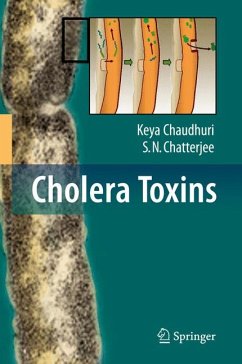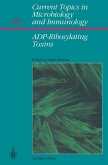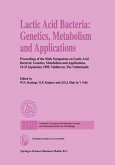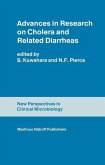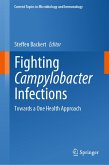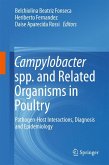Vibrio cholerae, the causative organism of the disease Cholera, colonizes the small intestine and produces several different toxins among which the enterotoxin, or more widely known as cholera toxin (CT), happens to be the major virulence determinant that is responsible for the diarrheal syndrome. This book provides for the first time comprehensive and up-to-date information about all the toxins of Vibrio cholerae, their physical and chemical structures, their biosynthesis and its genetic regulation, their physiology, the molecular biology of their interactions with the host as well as their role in the development of an appropriate and effective cholera vaccine. It also offers relevant and necessary background information on the basic biology of the Vibrio cholerae cell and cholera bacteriophages.
Dieser Download kann aus rechtlichen Gründen nur mit Rechnungsadresse in A, B, BG, CY, CZ, D, DK, EW, E, FIN, F, GR, HR, H, IRL, I, LT, L, LR, M, NL, PL, P, R, S, SLO, SK ausgeliefert werden.

